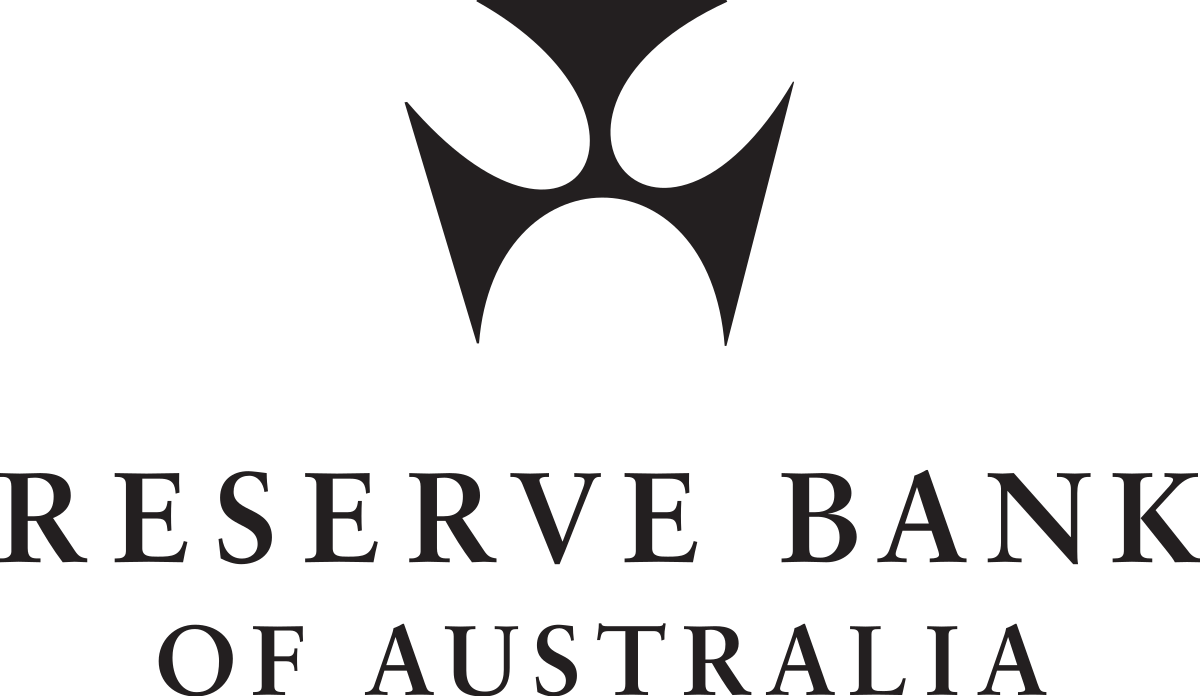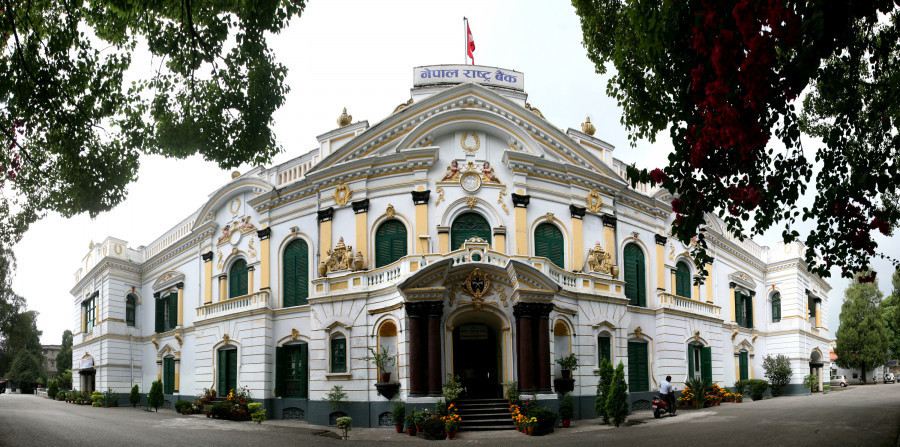The Monetary Policy Committee of RBI today kept the policy repo rate unchanged at 6.50%. Repo rate is the benchmark interest rate of the Indian economy which works in setting all the other interest rate such as deposit rate, lending rate and rates on other forms of credit. Repo rate or Repurchase Agreement rate is the rate at which the Indian commercial banks borrow overnight funds from the liquidity facility of the RBI to meet their short term funding needs by using secured securities as collateral in the RBI.
The RBI kept the Standing Deposit Facility (SDF) rate unchanged at 6.25%. The SDF rate is the rate at which banks can deposit overnight funds in the RBI. This facility is different from reverse repo facility as the RBI does not have to provide collateral or securities to the commercial banks to take the deposit from them. The Reverse Repo is the inverse of Repo where the Reserve Bank absorbs liquidity out of the banking system by providing securities to the banks. Hence, SLF and Reverse Repo normally work in the event when RBI want less money supply in the money market.
The RBI also left the Marginal Standing Facility (MSF) rate and the Bank Rate unchanged at 6.75 per cent. The MSF rate is the interest rate in which the RBI lends overnight funds to the banks using securities as collateral while the Bank Rate is a relatively longer term rate at which the RBI lends to the banks.
The RBI adopts the inflation mandate of maintaining medium term Consumer Price Inflation of 4% within a band of +/-2%. The latest headline inflation figure stands at 4.8% in June. This shows inflation in India is well under control while the growth remains strong. The Indian economy is forecasted to contribute to around 12% share of the global economic growth for the next five years. The resilient banking and strong financial market has been an outperformer in the Indian economy recently. The RBI projects the real GDP growth to be 6.5% in the fiscal year 2023/24 and to around 6.6% the following year.
The concern however remains with the growing vegetable prices such as tomato and issues in rice production which could lead to further inflationary pressures.
Sources:
RBI Press Release: https://rbi.org.in/Scripts/BS_PressReleaseDisplay.aspx?prid=56173
Governor’s Statement: https://rbi.org.in/Scripts/BS_PressReleaseDisplay.aspx?prid=56175





